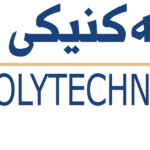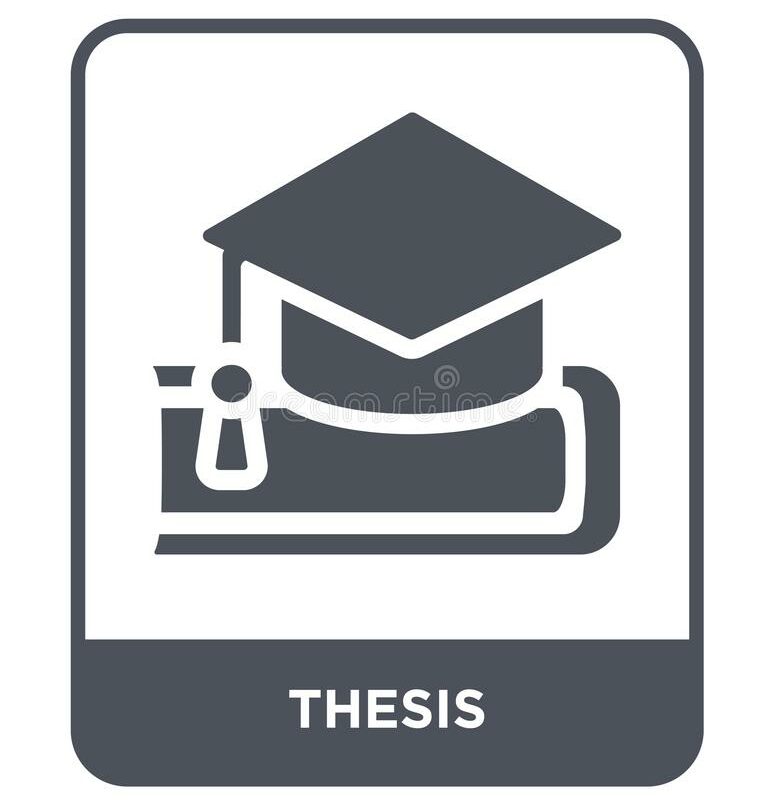- Avan Faris Asaad
- avan.emma.org@gmail.com
- 0750 761 3136
- رۆڵی-بازاڕسازیى-کۆمەڵایەتی-لە-بایەخدان-بە-پرسی-جێندەر-لە-هەرێمی-کوردستاندا avan
-
Abstract
This research provides ways to link gender issues with social marketing by institutions and organisations specialised in women's issues in the Kurdistan Region.
The main issue of the study is this: to what extent has social marketing of gender issues in women's institutions and organisations have been affective, and whether they have relied on modern means and methods to advance the issue.
To achieve the objectives of the study, I have relied on content analysis method, in-depth interviews to collect data, and analyse social marketing activities of some women organisations in Kurdistan.
The most important conclusion reached by the research is that the number of organisations working in the field of gender is not substantial, partly due to lack of understanding and knowledge of gender issues. The other part is related to the policy direction: their work is defined by their donors without their control. In addition, their work policy is unclear, the social marketing campaigns are mostly orientated towards gender equality and legal awareness, and the position of women in the decision-making.
The social marketing methods of these women organisations are more conventional and less modern, which affects the message and content of social advertising. Furthermore, most of them are centred in the of big cities, depriving people of towns and districts.
This research is divided into several parts, discussing the concept and history of social marketing and its importance in social change, as well as presenting the concept and history of the separation between gender and sex. It also addresses the emergence of Feminism movement in the world and in Kurdistan, and how women organisations address the issue.
In the last part of the study, in-depth interviews with experts in the field of media and gender are presented to address several essential questions, including but not limited to, the role of women's institutions and organizations in their attention to gender issues through various media tools.
At the end of the study, the results and recommendations are presented.
Key Words: Role, Social Marketing, Attention, Gender Issues, Women's Institutions and Organization
- Erbil Technology College
- Media Department
- MEDIA &Gender
- روشن عبدالواحد عبدالله
- rawshan.abdullah@epu.edu.iq
- 0750 456 6150
- عبد الواحد
-
المستخلص
الهدف: هدفت الدراسة إلى تحليل علاقة و تأثیر إدارة تنوع الموارد البشرية من خلال آراء عينة من أعضاء الهيئة التدريسية في الجامعات الخاصة في مدينة أربيل بأقليم كوردستان العراق، والمتمثلة بأبعادها (التدريب على التنوع، وبناء فرق العمل المتنوعة، وبناء الثقافة التنظيمية وتقبل التنوع، ودعم الادارة العليا للتنوع) في تعزيز النجاح الاستراتيجي من خلال أبعاده (النمو، البقاء، التكيف).
الإطار العام: يمثل الإطار العام للدراسة بمشكلة الدراسة التي حددت بأثاره تساؤلات عدة حول طبيعة علاقات الإرتباط والتأثير بين المتغير المستقل (إدارة تنوع الموارد البشرية) والمتغير المعتمد (النجاح الاستراتيجي) من خلال الأعتماد على أستمارة ألأستبيان والمقابلة الشخصية مع القيادات الادارية في الجامعات الخاصة، ولأجل ذلك تم تصميم مخطط فرضي للدراسة المعبر عن سبع فرضيات رئيسة، ولأجل التأكٌد من صحة الفرضيات خضعت جميعها لإختبارات متعددة.
منهجية الدراسة: انتهجت الدراسة المنهج الوصفي التحليلي، اذ تم وصف المتغيرات الرئيسة والفرعية، وكذلك تحليل العلاقات والتأثير بين المتغيرات، وأن الجامعات الخاصٌة هي القطاع المبحوث والمجتمع هي جميع أعضاء الهيئة التدريسية في الجامعات الخاصة في مدينة أربيل باقليم كوردستان العراق/ وتمثلت العينة هي عدد من أعضاء الهيئة التدريسية التي اجابو على فقرات استمارة الاستبيان التي تم توزيعها عن طريق (Google Form) وبلغ عددها (6) جامعات، أما العيينة فبلغ عددهم (284) عضوا تدريسيا في الجامعات الخاصة في مدينة أربيل ، تم إختبار الفرضيات من خلال مجموعة من الأساليب الإحصائية بواسطة البرامج الحاسوبية (Amos V. 24) و (SPSS V.24).
الاستنتاجات: توصلت الدراسة إلى مجموعة من الاستنتاجات منها وجود علاقه ارتباط معنويه موجبة بين متغير إدارة تنوع الموارد البشرية والمتغير المعتمد النجاح الاستراتيجي ويشير ذلك كل ما اعتمدت الجامعات الخاصه على إدارة تنوع الموارد البشرية يؤدي إلى تعزيز مستويات النجاح الاستراتيجي، فضلاً عن وجود تاثير معنوي لمتغير إدارة تنوع الموارد البشرية في النجاح الاستراتيجي.
التوصيات: قدمت الدراسة مجموعة من المقترحات أهمها ضرورة اهتمام الجامعات الخاصة بتعزيز ثقافة فرق العمل، والعمل الجماعي المشترك بين أعضاء هيئة التدريس، بشكل يؤدي إلى تعزيز اتجاهاتهم الإيجابية، من خلال تعزيز ثقافة تنظيمية تقبل التنوع بين أعضائها، وتشجيع المنافسة بينهم، وداعمة للإبداع لما فيه مصلحة الجامعة.
الكلمات المفتاحية: إدارة تنوع الموارد البشرية، النجاح الاستراتيجي، الجامعات الخاصة في مدينة أربيل.
- Erbil Technical Administrative Institute
- نظم المعلومات الادارية
- ادارة الاعمال
- Ibrahim Salih Ismael
- ibrahim.salih@epu.edu.iq
- 0750 445 4005
- ماجستير في الاعلام - ابراهيم صالح اسماعيل-fa61c337
-
This study treats the media gatekeeper theory in the new media specifically in social media. So, if the gatekeeper theory was fairly stable for traditional media, its concept for the new media has changed considerably. The researcher will try during this study to discuss the nature of the relationship between the gatekeeper theory with the concepts of freedom of expression and the abuses in social media on the other hand, as well as in the era of fabrication, chaos of information, fake news, misleading and manipulative, the study will try to answer the question of: Should the role of the gatekeeper return to the new media?
This study is a (descriptive study), which is one of the most prominent methods of scientific research in human studies, and also relied on (survey method), which is an important tool in field studies, the study used the (Electronic questionnaire forms) for the research sample consisting of (98) specialist academics in media and communication in (21) of Kurdistan region and Iraqi universities. While the study depended to use the (observation and interview), the researcher interviewed specialists in (Law, Philosophy, Sociology and Psychology) to show their opinion on the topic raised.
The study concluded that the role of gatekeeping theory continues in the new media, but changes have taken place. The information on the social media has a little credibility and news has a poor quality. Community media can be a positive intermediary between individual values and community values and awareness of users. Laws, regulations, editorial boards of social media networks, and the culture of individuals, can be gatekeepers in the social media. Finley, the gatekeeper theory will continue in the future, but with different representations.
- Erbil Technical Administrative College
- Media Techniques
- -
- Zhala Jameel Hamad
- zhalla.mei20@epu.edu.iq
- 0750 482 6712
- Zhala Jameel _FINAL-83b3abc1
-
Load forecasting is a nonlinear problem and complex task that plays a key role in power system planning, operation, and control. A recent study proposed a deep learning approach called historical data augmentation (HDA) to improve the accuracy of the load forecasting model by dividing the input data into several yearly sub-datasets. When the original data is associated with high time step changes from 1 year to another, the approach was not found as effective as it should be for long-term forecasting because the time-series information is disconnected by the approach between the end of 1-year sub-data and the beginning of the next-year sub-data. Alternatively, this paper proposes the use of 2-year sub-dataset in order to connect the two ends of the yearly subsets. A correlation analysis is conducted to show how the yearly datasets are correlated to each other. In addition, a Simulink-based program is introduced to simulate the problem which has an advantage of visualizing the algorithm. To increase the model generalization, several inputs are considered in the model including load demand profile, weather information, and some important categorical data such as week-day and weekend data that are embedded using one-hot encoding technique. The deep learning methods used in this study are the long short-term memory (LSTM) and gated rest unit (GRU) neural networks which have been increasingly employed in the recent years for time series and sequence problems. To provide a theoretical background on these models, a new picturized detail is presented. The proposed method is applied to the Kurdistan regional load demands and compared with classical methods of data inputting demonstrating improvements in both the model accuracy and training time.
- Erbil Technical Engineering College
- information system engineering
- machine learning


